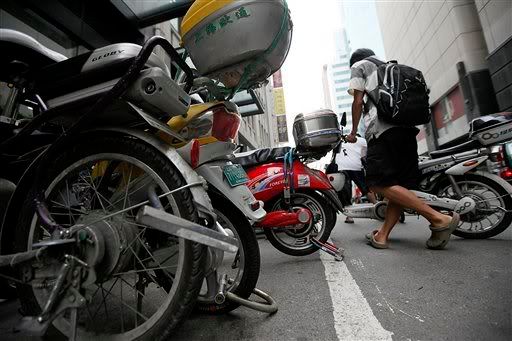
Photo of Panzhihua from greensos.cn
My assumption at the time was that Panzhihua was simply a casualty of China's post-Mao-era rapid economic development. It turns out that my assumption was wrong. Panzhihua's landscape is not a result of contemporary China's economic boom. Instead, it is a victim of Mao's 1960s Cultural Revolution-era attempts at military might.
Mao's War Against Nature: Politics and the Environment in Revolutionary China by Judith Shapiro is about Panzhihua and a number of other examples of Mao-led destruction of nature. The book begins in the late-1940s/early-1950s and goes over Mao's systemic attacks against nature through the end of his life in the mid-1970s.

Shapiro's book, published in 2001, is broken into five sections that move linearly through Mao's reign:
1. Population, Dams, and Political RepressionThese chapters are pretty self-explanatory based on their titles. I found the sections on dam construction, agriculture during the Great Leap Forward, and stories about educated youth - educated urban young adults who were sent to the countryside to learn from the peasants - to be the most interesting sections.
2. Deforestation, Famine, and Utopian Urgency
3. Grainfields in Lakes and Dogmatic Uniformity
4. War Preparations and Forcible Relocations
5. Legacy
A couple of Chinese idioms that I've talked about before - 人定胜天 ("man can conquer nature") and 人多力量大 ("a larger population means more power") - show up again and again in Sharpiro's book. Both of these Mao-isms say so much about Mao's simplistic attitude towards the environment and political governance.
Here is a nice summary of Mao's basic views on nature from page 67-8:
Mao's War Against Nature is a nice complement to a couple other books on China's environment that I've read - China's Water Crisis by Ma Jun and When a Billion Chinese Jump by Jonathan Watts.
My biggest take away from Jun's book is that China's destruction of nature goes back millenia. Although his book is mostly about China's current water problems, a large focus of the book is on China's centuries-long destruction of and influence on nature.
Watts book is solely focused on China's economic destruction in the more recent boom years. Watts takes the reader to every corner of China to highlight the severe and, in many cases, irreversible damage that is ravaging China's environment on a daily basis.
Sharpiro's Mao's War Against Nature does a nice job of filling in the gap that exists between the two books. Mao, between 1949 and 1976, did so much lasting damage to China's environment: the countless dams, the ludicrous collectivization of China's farms, and the massive resources poured in to military industrialization, like in Panzhihua, that changed China's landscapes forever.
The main problem I had with Sharpiro's book is that it often goes into mind-numbing detail that I just didn't want or find interesting. The book is, in many ways, written in a reader-friendly journalistic fashion. Parts of it attempt to be more academic, though, and go into way too much detail. I didn't really appreciate when Shapiro gave several paragraphs to how many hectares of Yunnan Province were destroyed or the year-by-year population estimates of Panzhihua during its military industrialization. Those sections don't really fit with the totality of the book, in my opinion. I wanted more of an overview compared to an academic study.
Despite the sections sections that go into too much detail, I feel that Shapiro's book is a worthwhile read. Anyone wanting to get a very detailed picture of the history of China's destruction of its environment should check out Mao's War Against Nature.




































